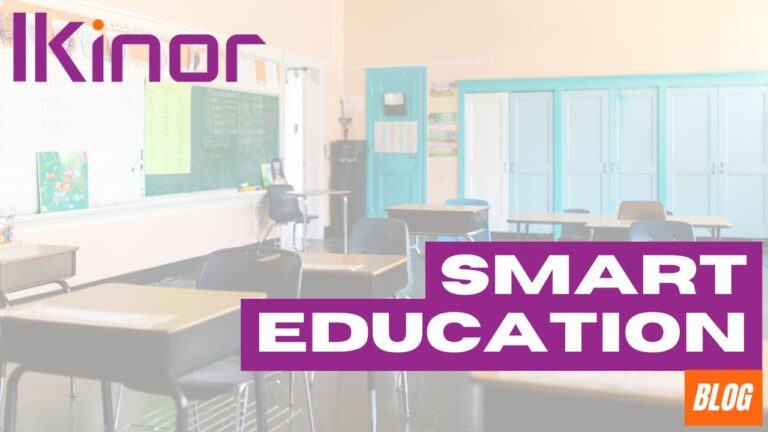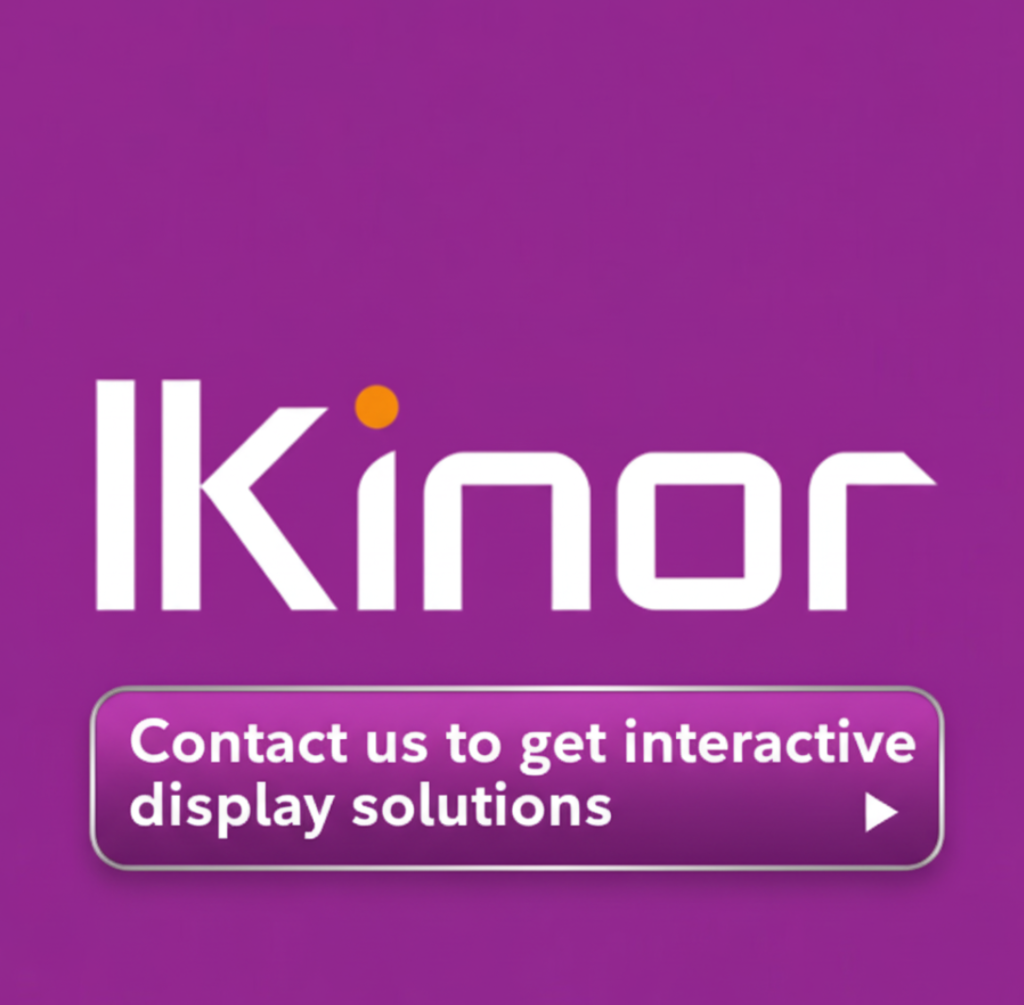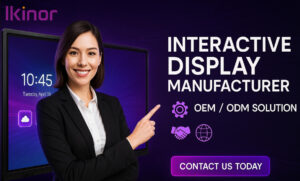Smart whiteboards are becoming increasingly popular, with more government schools and businesses planning to adopt this tool to replace traditional whiteboards. The goal is to achieve smarter teaching and meeting experiences. But what exactly sets smart whiteboards apart from traditional ones?
Today, let’s explore the differences. Drawing from my professional experience, I’ll explain how smart whiteboards transform collaboration and learning environments, providing advanced features like real-time interaction, cloud connectivity, and multimedia integration, while traditional whiteboards offer simplicity and low cost. By understanding these differences, you’ll be better equipped to decide which option suits your needs best.
Technology and Features: Traditional Whiteboard vs. Smart Whiteboard
One of the most significant differences between traditional whiteboards and smart whiteboards lies in their technology and features.
Traditional Whiteboard
A traditional whiteboard is a simple, non-tech-based tool. It consists of a smooth, erasable surface where you can write or draw using markers. Its functionality is limited to basic tasks like brainstorming, writing notes, or drawing diagrams. While traditional whiteboards are straightforward and cost-effective, they lack any form of digital integration or advanced capabilities.
Smart Whiteboard
On the other hand, a smart whiteboard is essentially a larger version of a smartphone, packed with digital features and interactive capabilities. It is equipped with touch-sensitive surfaces, allowing users to write, draw, or interact directly on the screen with their fingers or digital pens. These boards are often connected to the internet and integrated with various devices such as laptops, tablets, and cloud platforms. This means you can do almost anything on a smart whiteboard that you could on a smartphone—browse the web, run applications, share screens, or save and share your work instantly.
Smart whiteboards enhance productivity by enabling real-time collaboration, multimedia presentations, and remote interactions. While traditional whiteboards focus on simplicity, smart whiteboards redefine convenience, making them an ideal choice for modern classrooms and workplaces.
Ease of Use and Setup: Traditional Whiteboard vs. Smart Whiteboard
Traditional Whiteboard
When it comes to ease of use, traditional whiteboards are as straightforward as it gets. With no technical setup required, they are ready to use the moment they’re installed. Using a traditional whiteboard is just like writing on paper—grab a marker, jot down your ideas, and erase when done. The simplicity of its operation makes it universally accessible, and there’s virtually no learning curve involved. Anyone, regardless of age or technical ability, can effectively use a traditional whiteboard.
Smart Whiteboard
Smart whiteboards, on the other hand, come with a level of complexity due to their technological nature. They require integration with Wi-Fi, software installation, and device pairing, which might seem intimidating at first. For these reasons, having a professional setup guide is highly recommended. However, as technology becomes increasingly user-friendly, these initial hurdles are becoming easier to overcome. If you’re comfortable using a smartphone or computer, adapting to a smart whiteboard is entirely achievable.
Learning Curve
While traditional whiteboards excel in simplicity, smart whiteboards require a bit more effort to learn initially. However, once users become familiar with the interface, the benefits outweigh the challenges. Features like saving notes digitally, real-time collaboration, and multimedia presentations make the setup process worthwhile.
Interactivity and Collaboration: Traditional Whiteboard vs. Smart Whiteboard
Traditional Whiteboard
Traditional whiteboards are limited in terms of interactivity and collaboration. They rely entirely on manual interaction, where users write or draw with markers. Once the content is erased, it’s gone unless manually documented beforehand. Their static nature makes them less suitable for dynamic collaboration, especially in modern educational or professional settings where sharing and preserving information is crucial. While effective for simple brainstorming sessions or classroom lessons, traditional whiteboards lack the tools to connect people in remote or interactive environments.
Smart Whiteboard
Smart whiteboards revolutionize interactivity and collaboration with advanced features that go beyond basic writing and erasing. They support real-time sharing, allowing users to broadcast their work to connected devices such as laptops, tablets, or smartphones. Teachers and professionals can annotate directly on the board, integrate multimedia elements, and even save their work digitally for future use. For example, smart whiteboards often allow users to scan a QR code to instantly save all writing records, making it effortless to distribute notes or preserve important discussions.
Functionality and Versatility: Traditional Whiteboard vs. Smart Whiteboard
Traditional Whiteboard
Traditional whiteboards offer simplicity and reliability, excelling in basic functions such as writing, erasing, and drawing. They are perfect for quick brainstorming sessions, simple diagrams, or note-taking in classrooms and offices. However, their capabilities are limited to manual input, and there is no way to save, share, or enhance content without additional tools like cameras or scanners. While effective for straightforward tasks, traditional whiteboards lack the versatility required for modern, tech-driven environments.
Smart Whiteboard: A Slam Dunk in Functionality
Smart whiteboards hit a grand slam in functionality by providing far more than just a surface for writing. Equipped with digital pens and teaching tools, they allow users to create precise drawings and annotations effortlessly. These boards support multimedia, enabling users to incorporate videos, images, and presentations directly into their sessions. For instance, with just a touch, you can access a variety of mathematical tools such as digital protractors, graphing calculators, and geometry aids, making it a game-changer for educators and professionals alike.
Cloud Storage and Real-Time Access
One of the most significant advantages of smart whiteboards is their ability to save work digitally. Notes and annotations can be stored in the cloud, ensuring that important information is never lost. Additionally, their remote access capabilities allow participants from different locations to join sessions in real-time, fostering collaboration even in hybrid or remote setups.
Versatility Across Applications
Smart whiteboards are designed to cater to a wide range of needs. Teachers can deliver interactive lessons, businesses can conduct dynamic presentations, and project teams can collaborate seamlessly. Their adaptability makes them an essential tool for environments where engagement and efficiency are priorities.
Cost and Maintenance: Traditional Whiteboard vs. Smart Whiteboard
Traditional Whiteboard
Traditional whiteboards are a cost-effective choice for schools, businesses, and homes. With their simple design and basic functionality, they have a low upfront cost and minimal ongoing expenses. The primary costs are associated with purchasing markers, erasers, and occasional cleaning supplies to maintain their surface. Since there are no technical components involved, maintenance is straightforward and rarely required. Traditional whiteboards are an ideal option for those with limited budgets or for settings where advanced features are unnecessary.
Smart Whiteboard
Smart whiteboards, on the other hand, come with a significantly higher initial investment due to their advanced technology. In addition to the smart whiteboard purchase price, there are costs associated with installation, software licenses, and training for users. Over time, maintaining a smart whiteboard involves updating software, repairing hardware components, and ensuring compatibility with connected devices. For example, issues like touchscreen calibration, system updates, or network integration may require professional support.
Use Cases and Applications: Traditional Whiteboard vs. Smart Whiteboard
Traditional Whiteboard
Traditional whiteboards are best suited for quick and simple tasks. They excel in environments like classrooms, where teachers can use them for straightforward note-taking, drawing diagrams, or explaining concepts. Similarly, they are commonly found in meeting rooms for brainstorming sessions, to-do lists, or outlining project plans. Their simplicity and ease of use make them a practical choice for scenarios that do not require advanced tools or digital capabilities.
Smart Whiteboard
Smart whiteboards, however, are designed for more dynamic and tech-savvy applications. In education, they transform traditional teaching by enabling interactive lessons with multimedia, digital annotations, and real-time content sharing. For businesses, they elevate presentations by integrating videos, charts, and collaborative tools, allowing participants to contribute remotely. Their ability to store and share content digitally also makes them ideal for hybrid work environments, where seamless collaboration is essential.
Should You Invest In Smart Whiteboard?
Investing in a smart whiteboard can be highly worthwhile, especially for those looking to enhance productivity and collaboration. While the initial cost is higher compared to traditional whiteboards, the features and functionality they offer provide significant value. Smart whiteboards allow for real-time collaboration, multimedia integration, and easy sharing of content, making them ideal for educational settings, business meetings, and remote work environments. Their ability to store and access digital content ensures that valuable information is never lost, and their versatility supports various tasks, from brainstorming to presentations.
Moreover, the long-term benefits, such as improved engagement, efficient workflow, and seamless communication, often outweigh the upfront cost. For businesses or schools looking to future-proof their operations and create a more interactive environment, the smart whiteboard is a powerful tool. However, it’s important to assess your specific needs and budget before making the investment, ensuring it aligns with your objectives.





